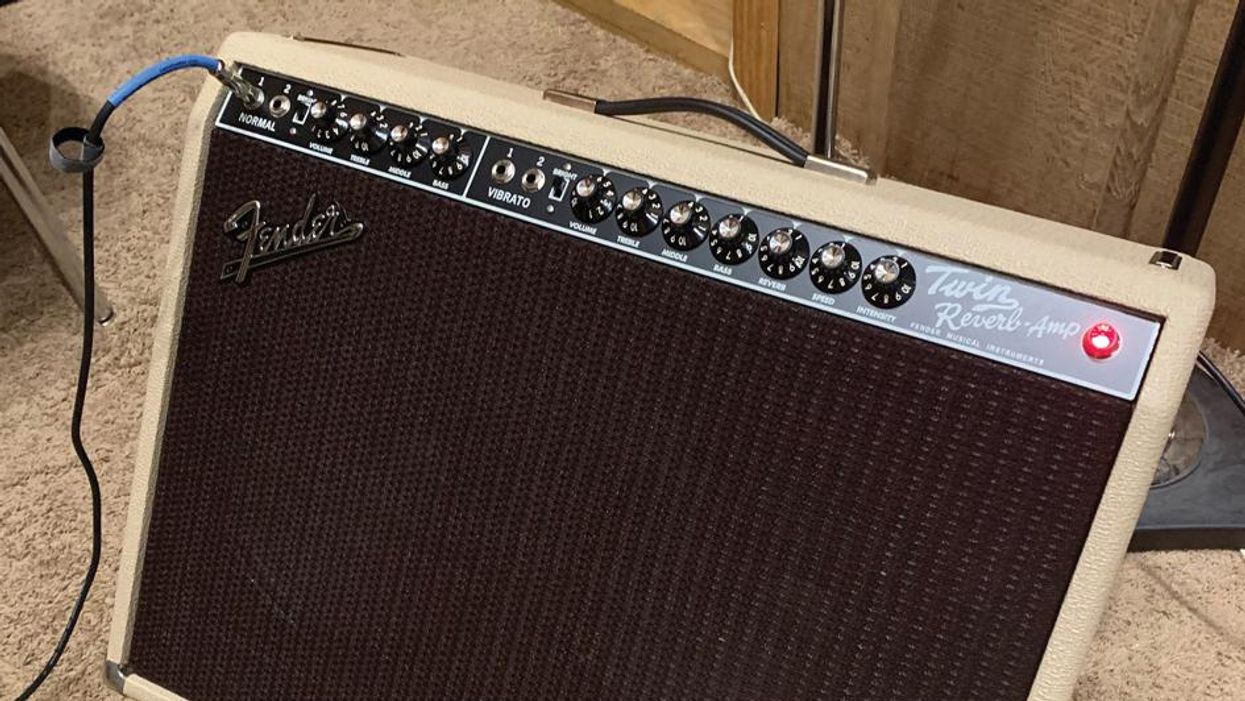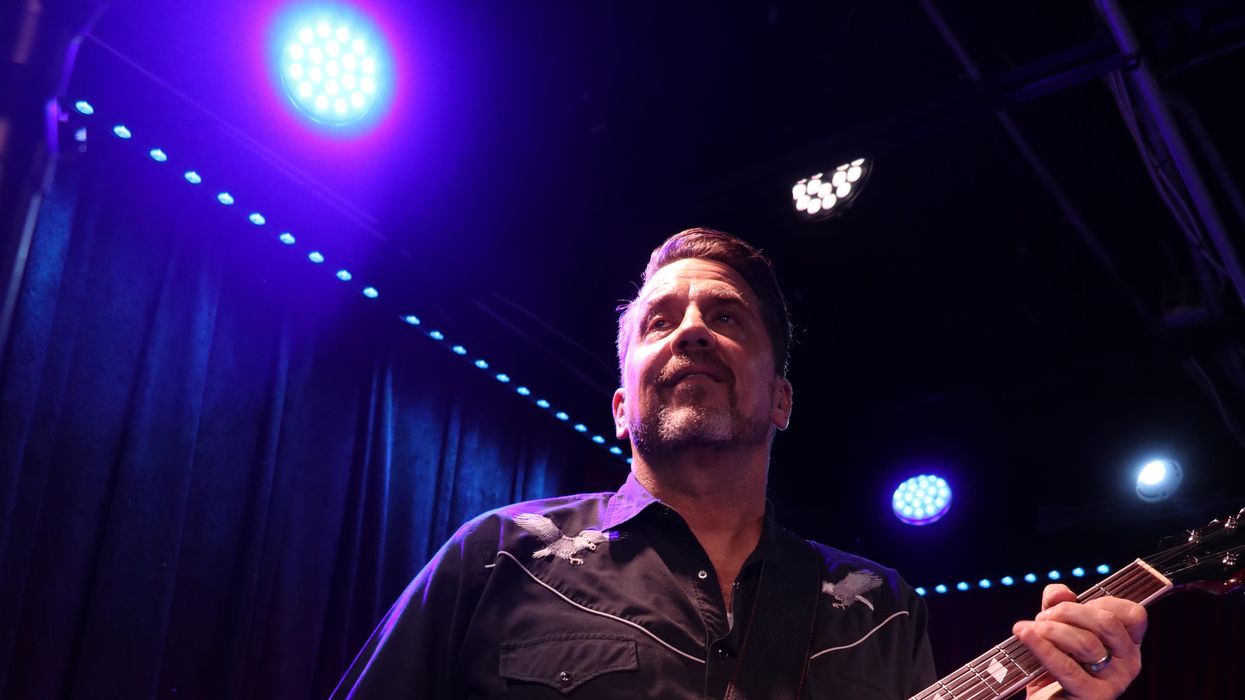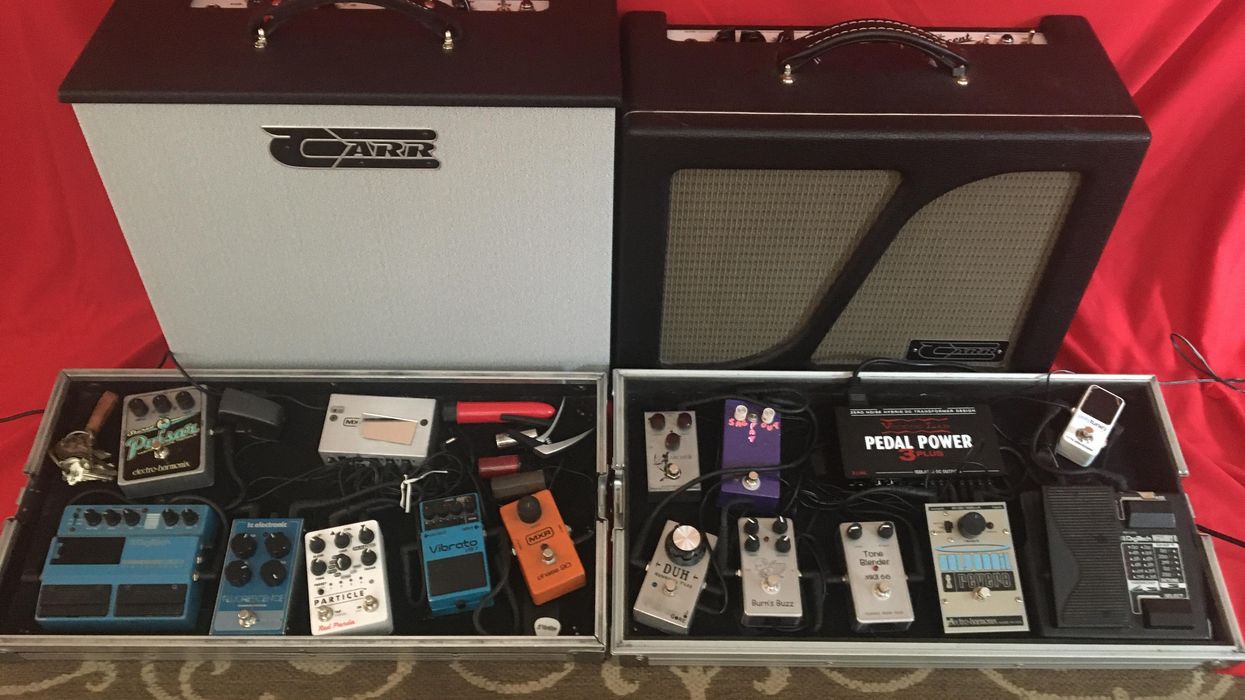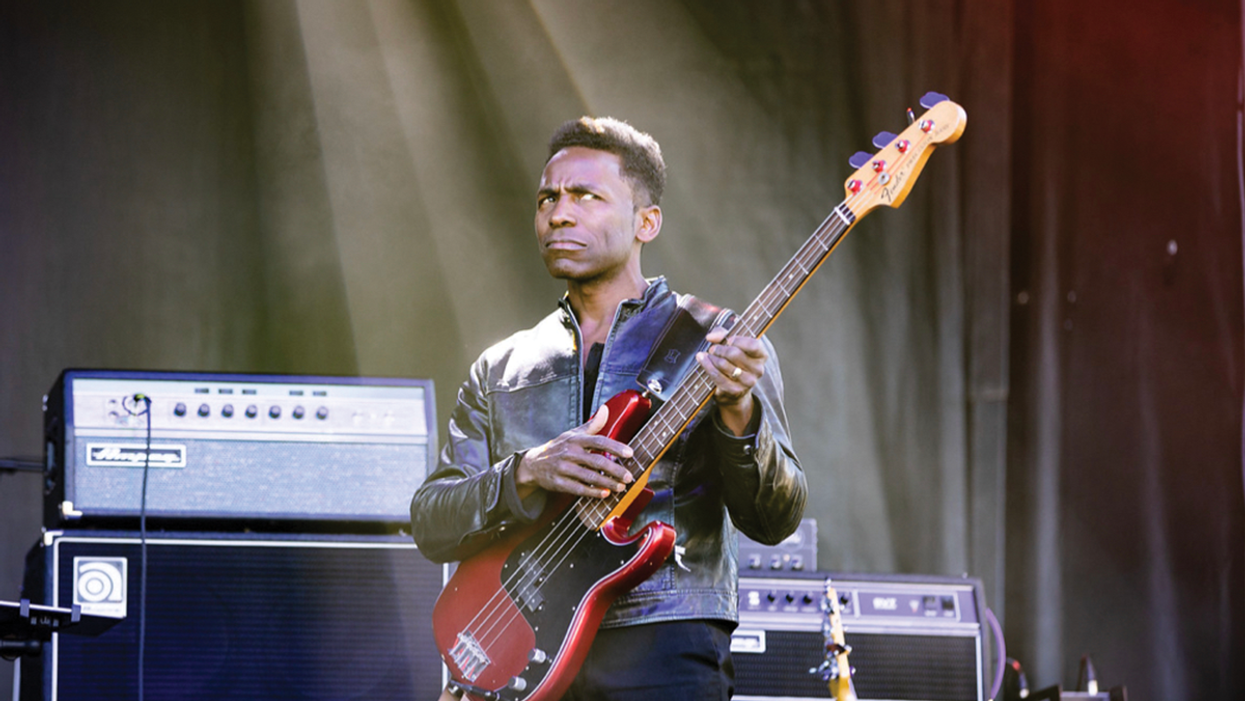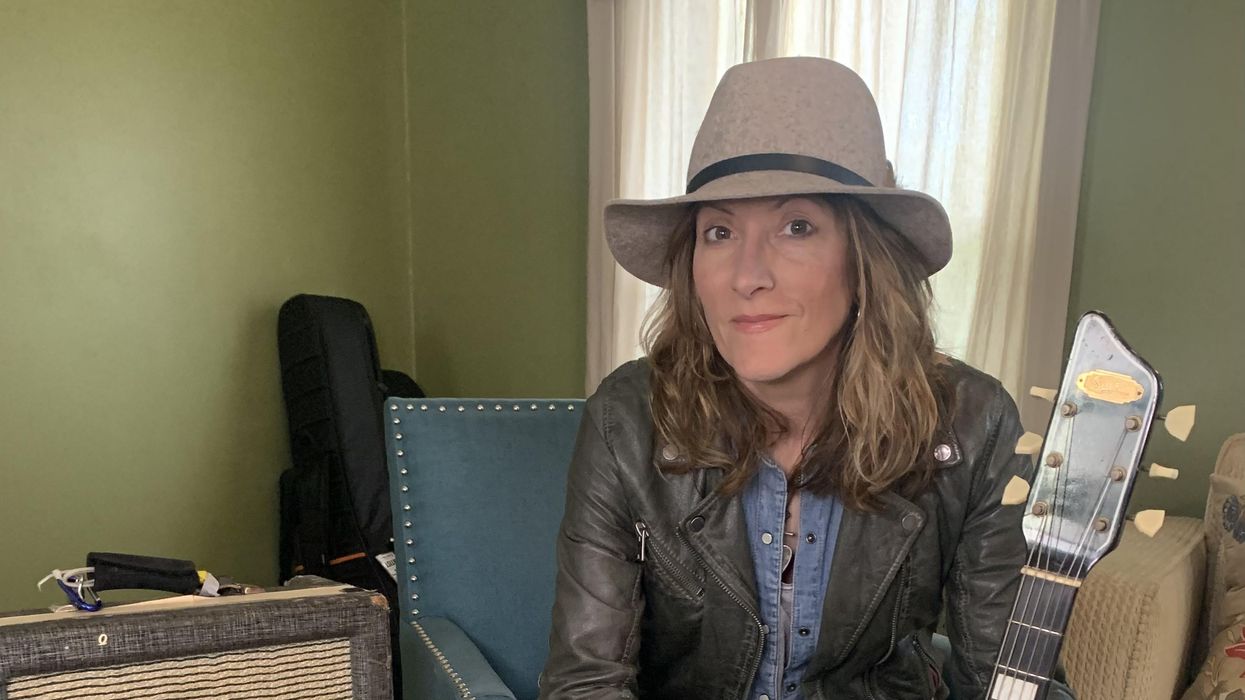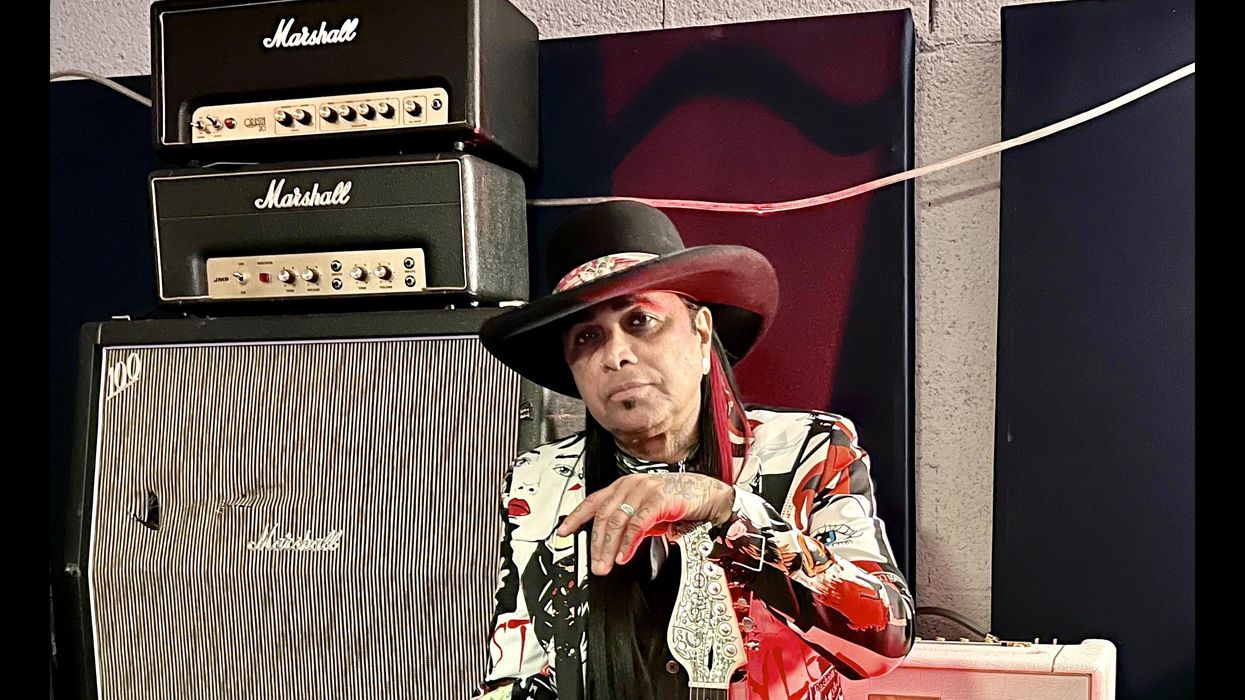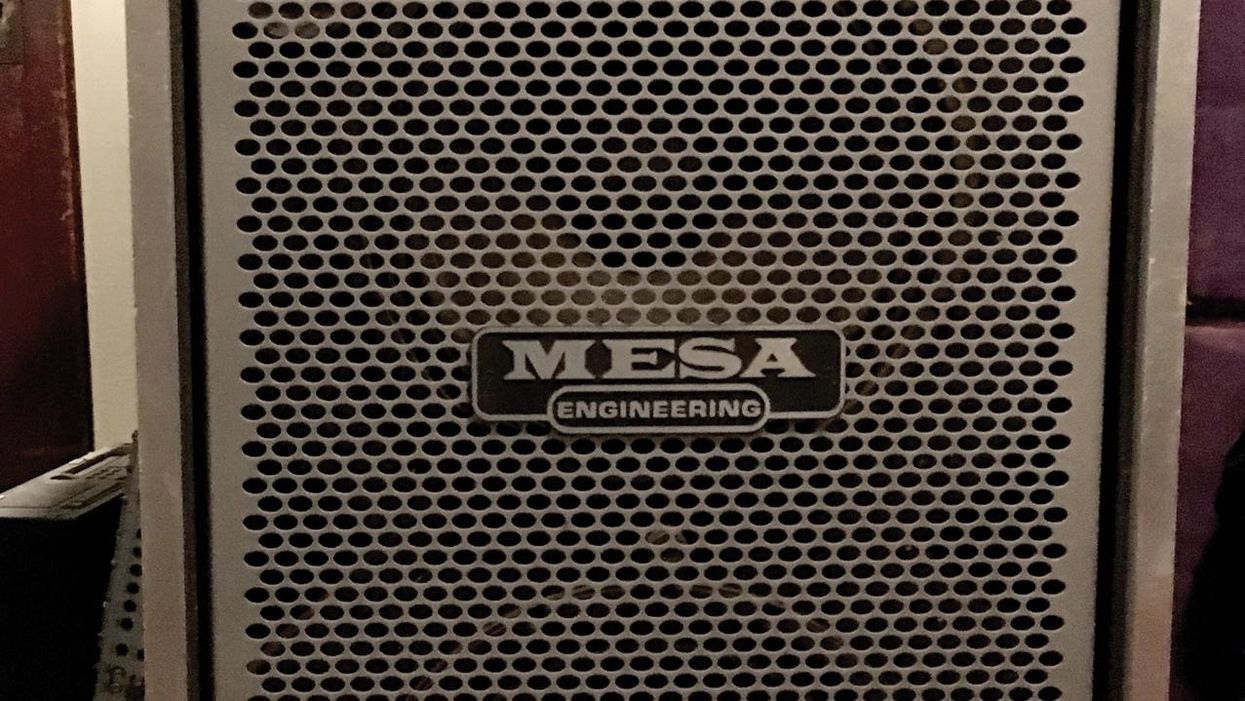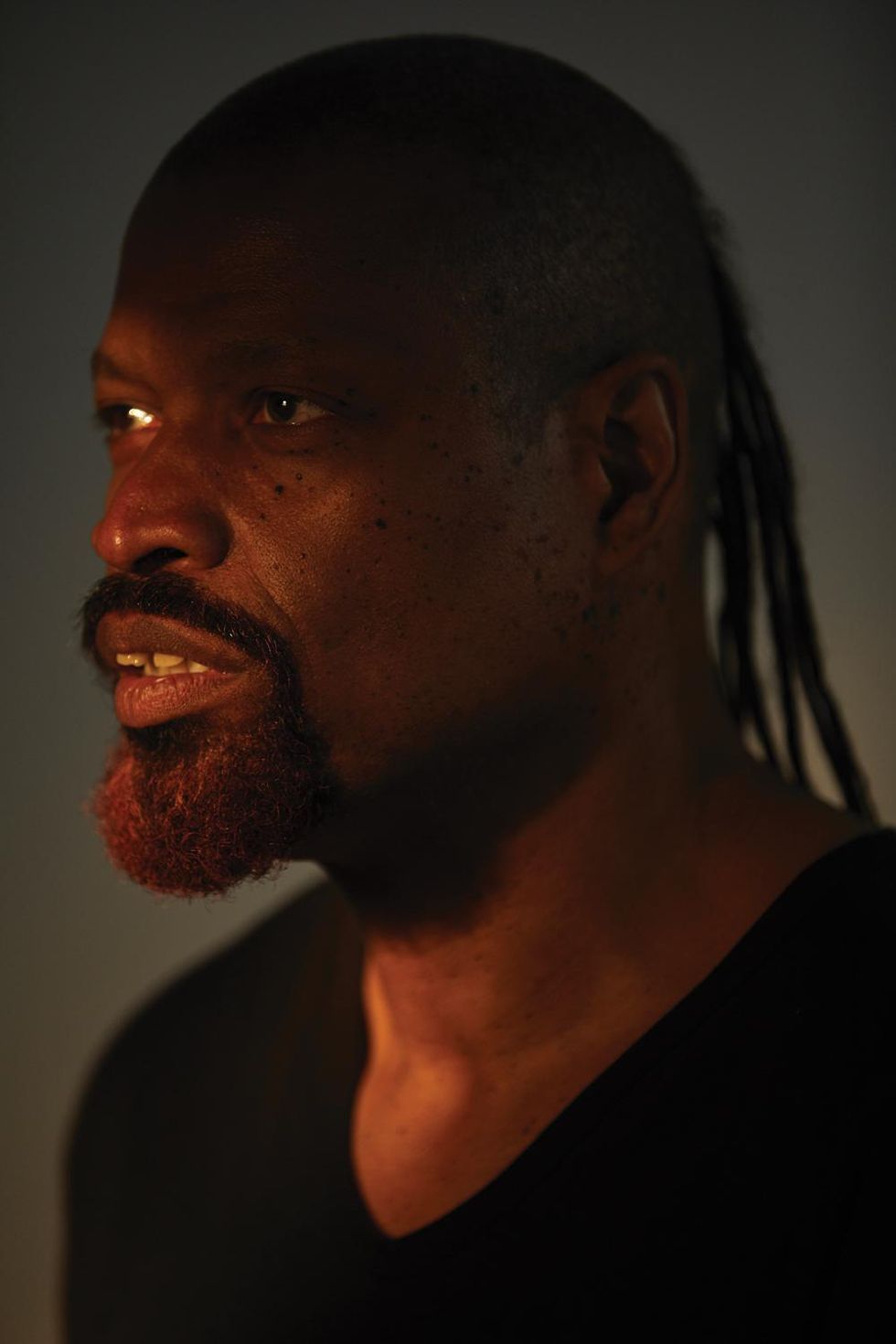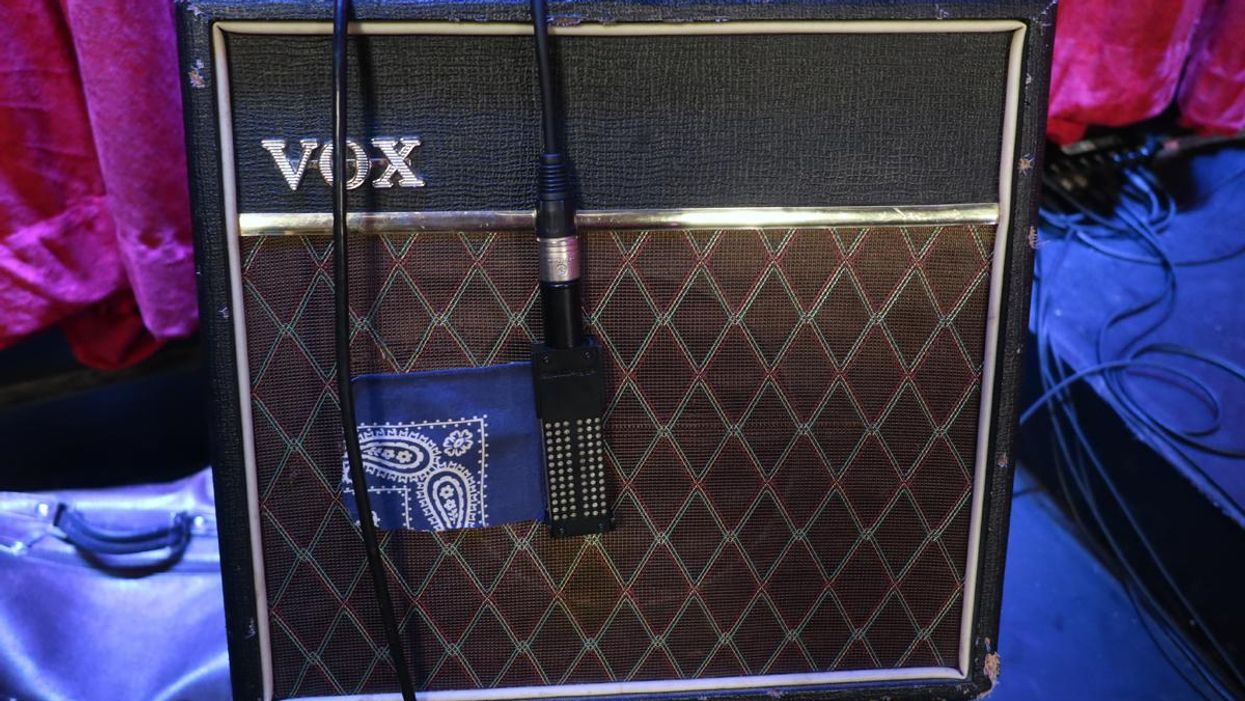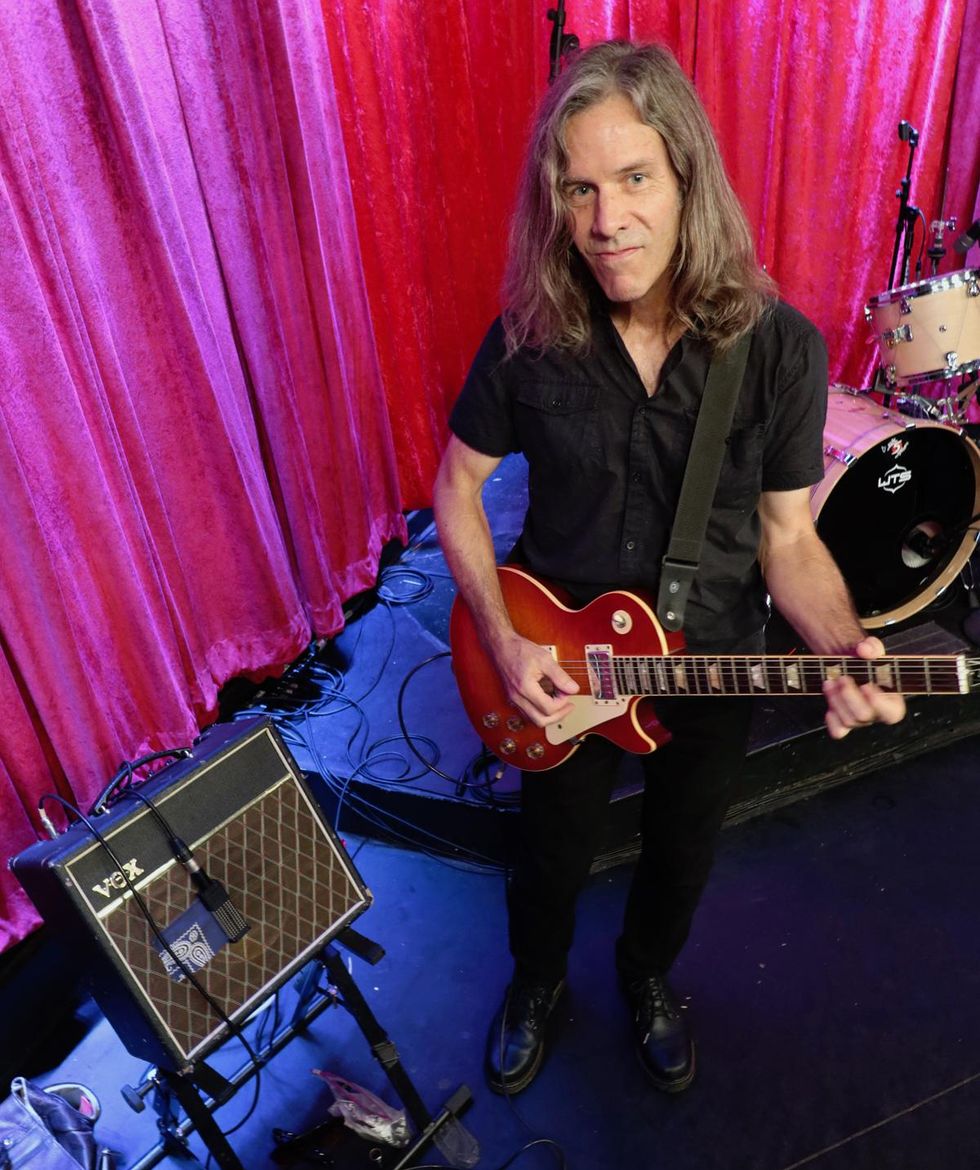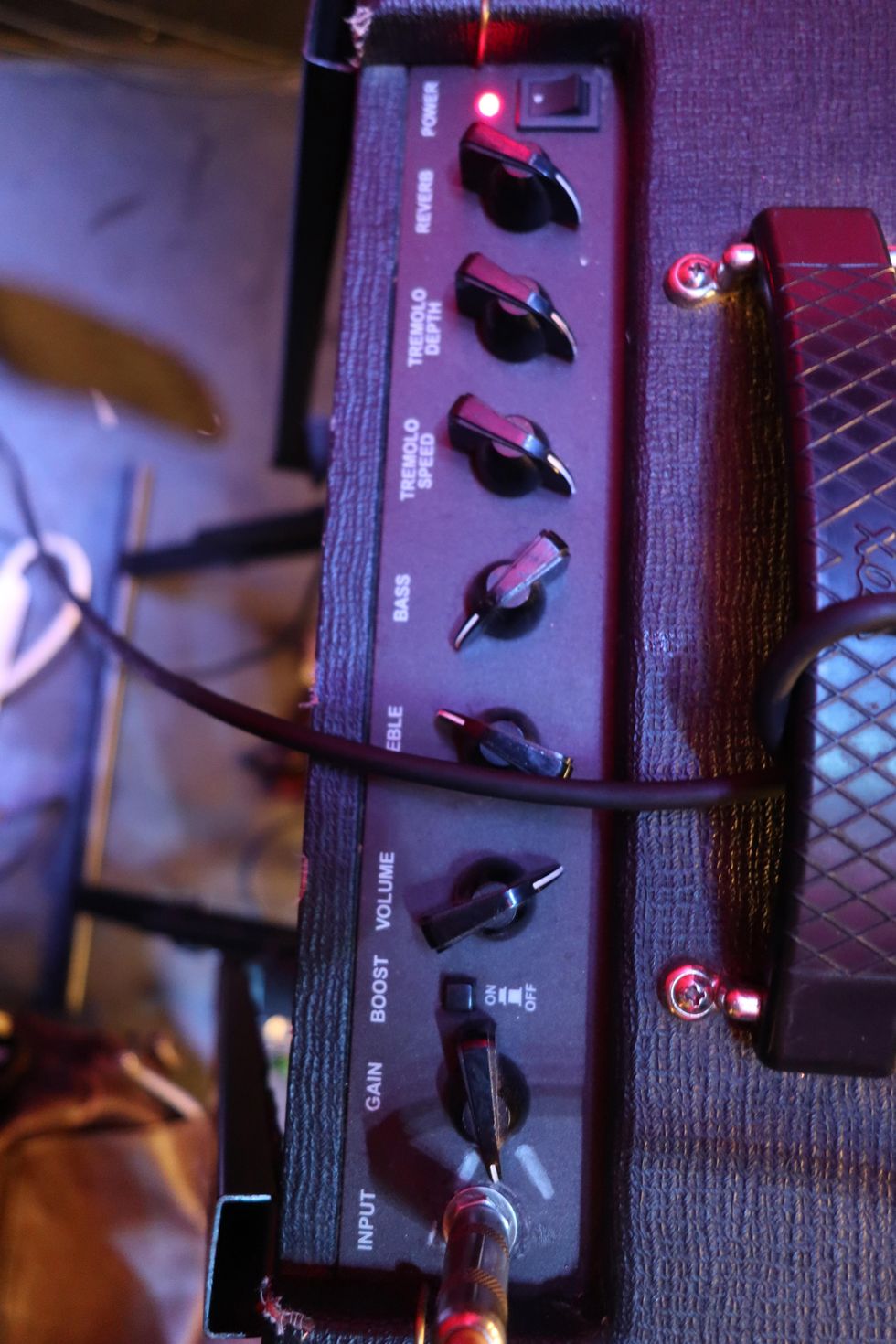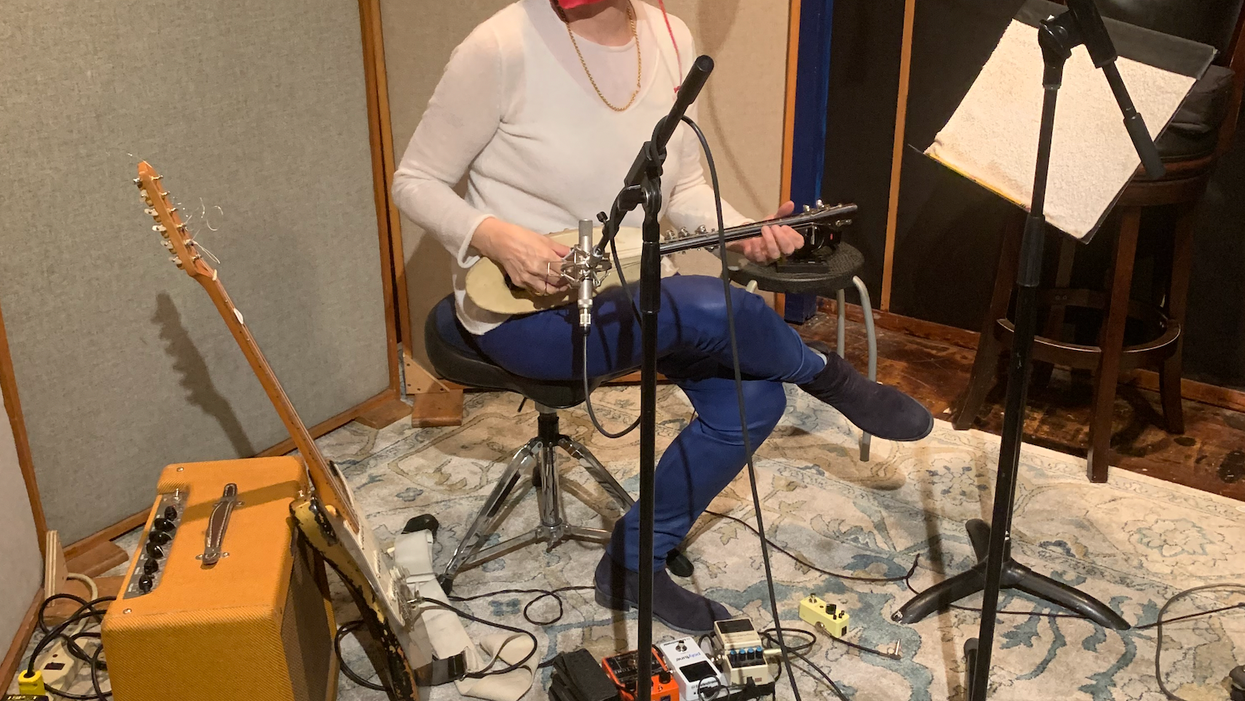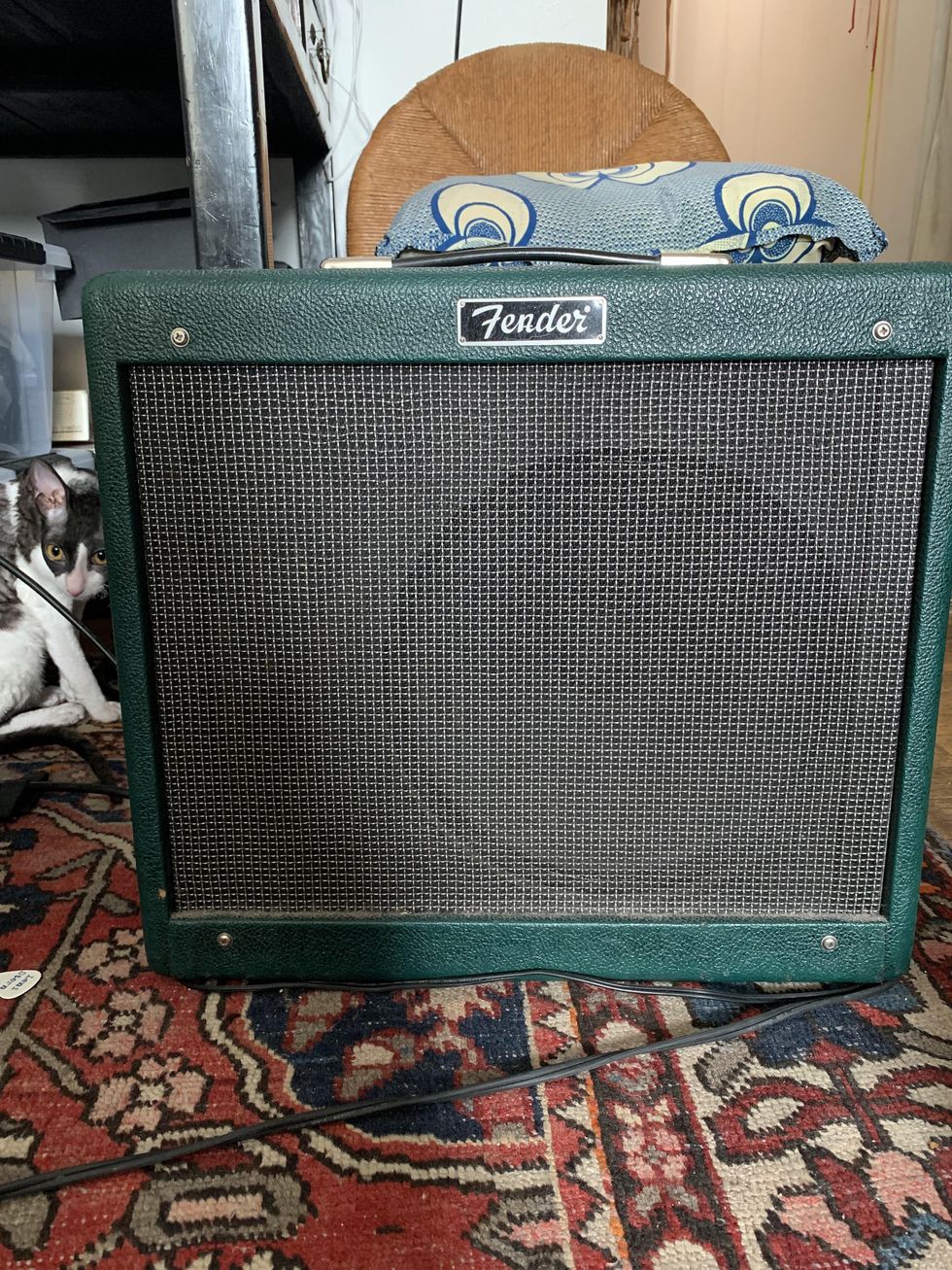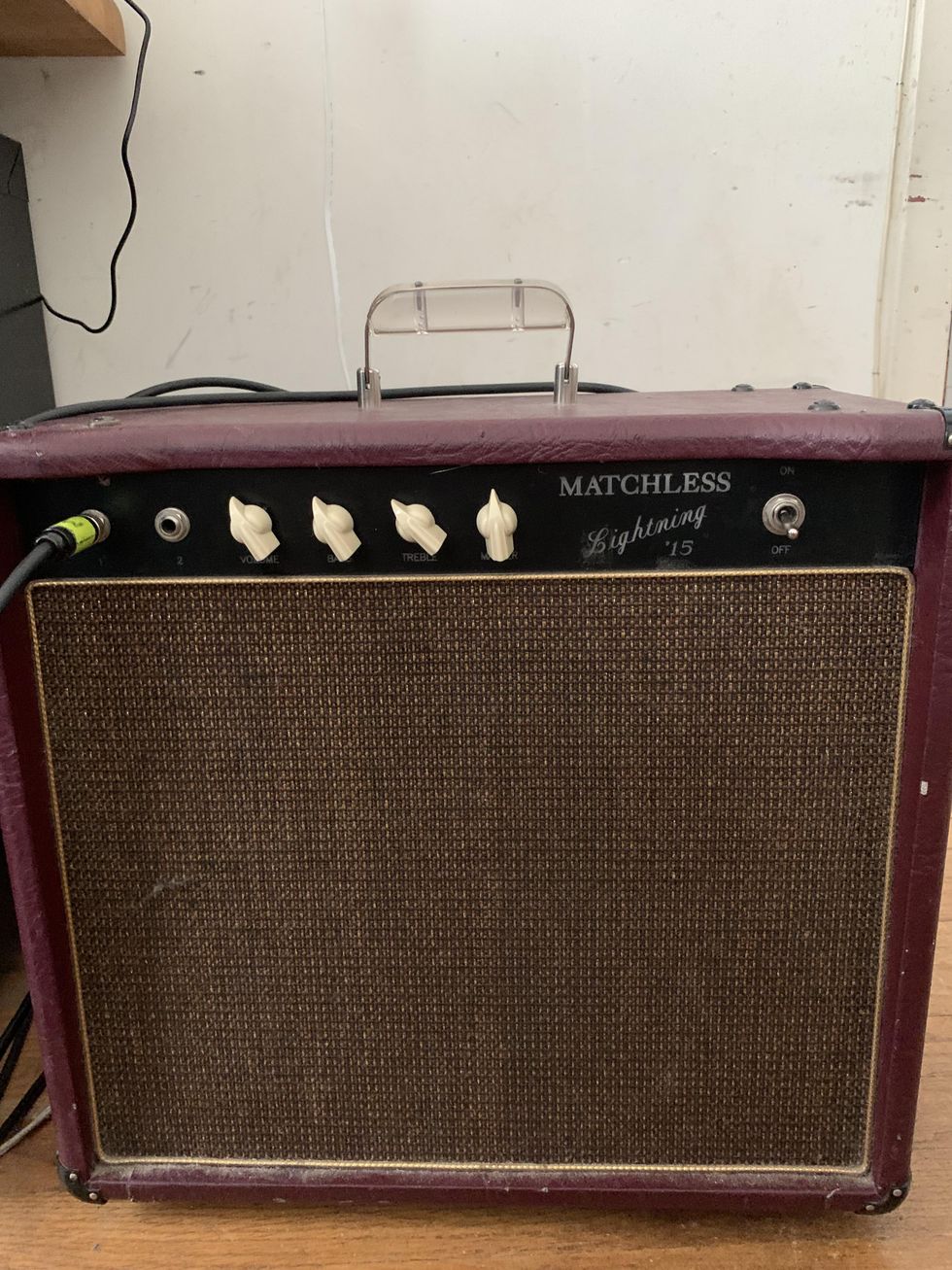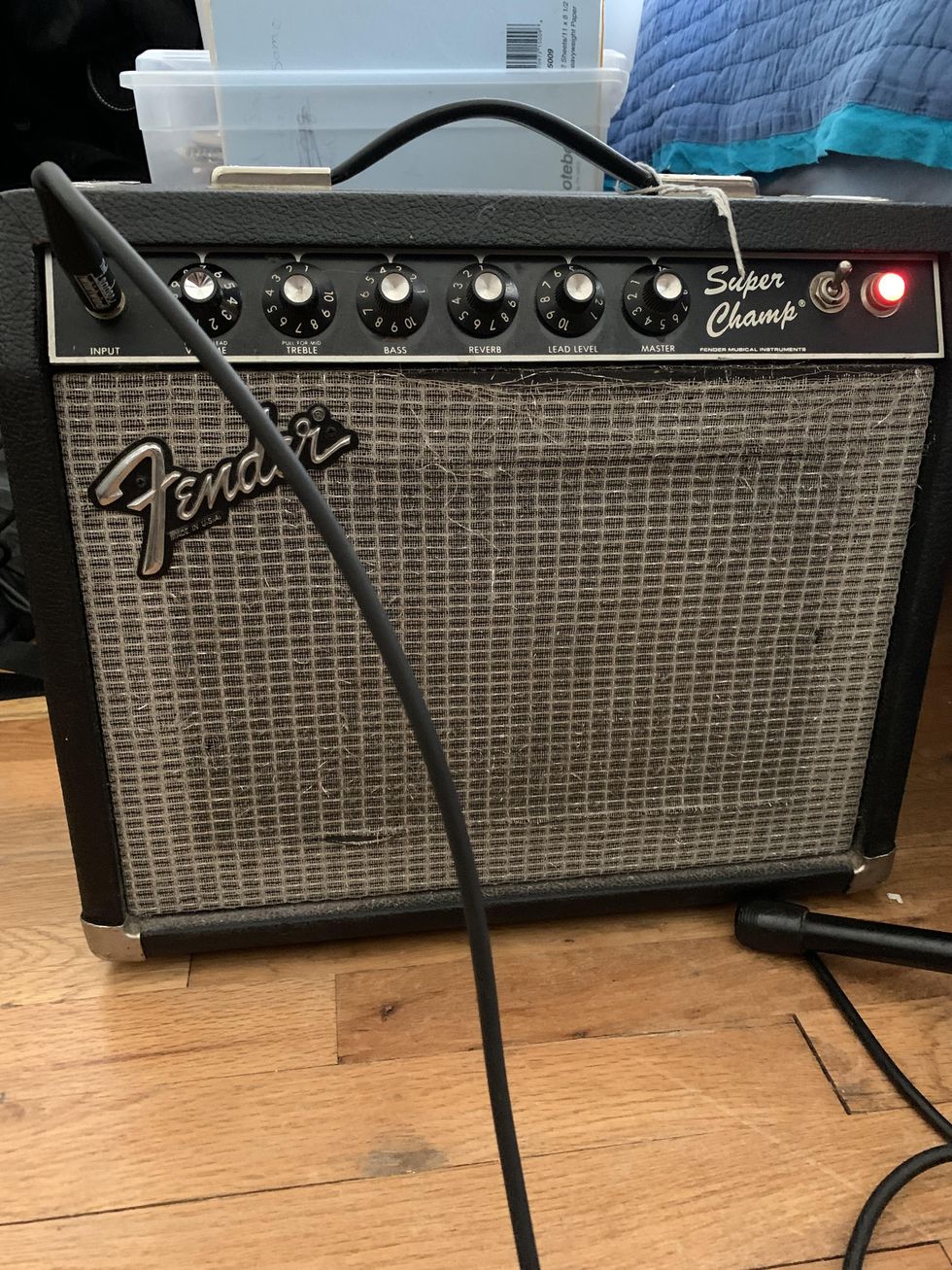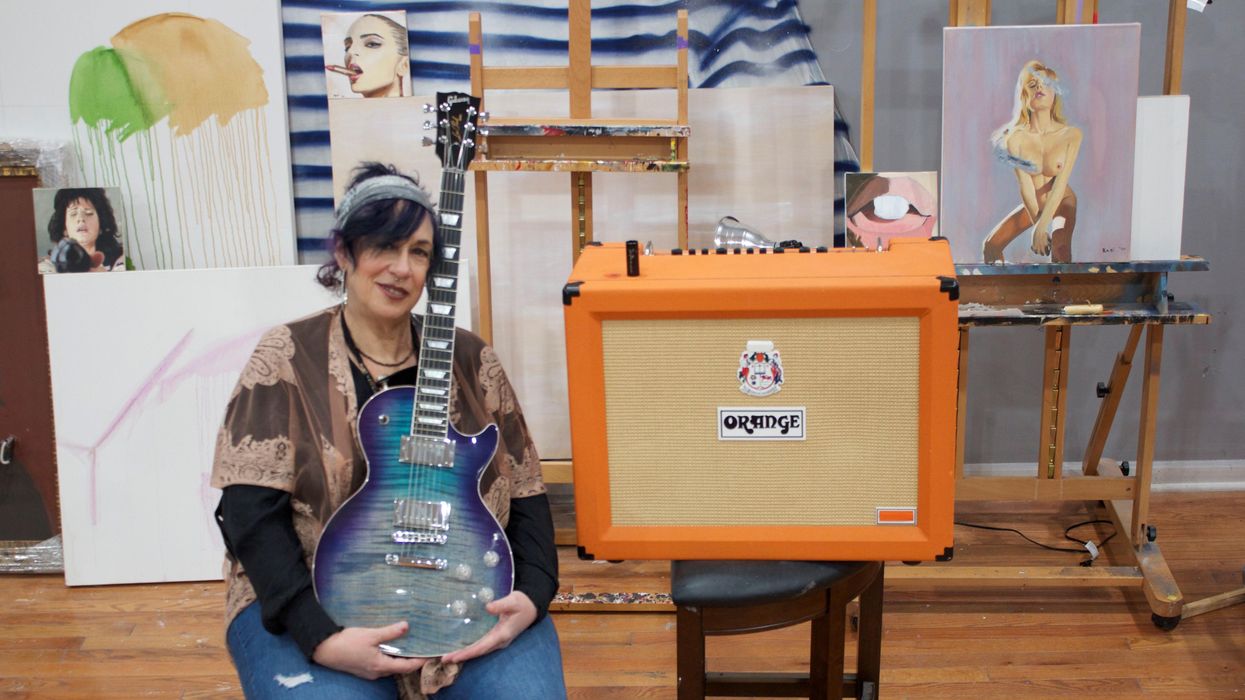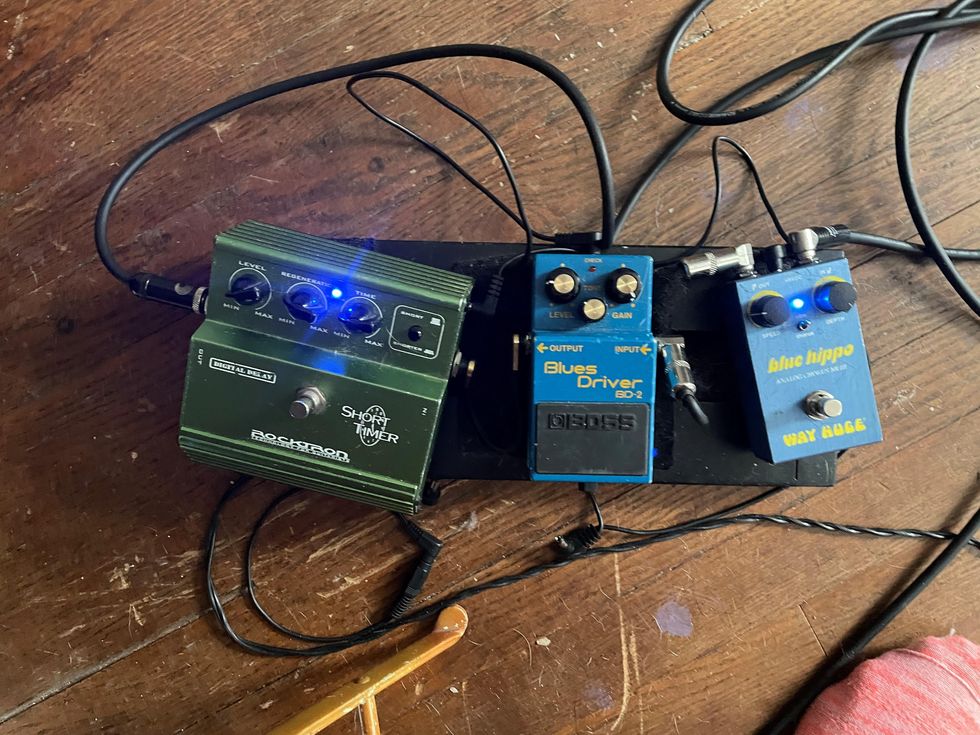I admit it. I was once part of the Arms Race. When I was in my '90s alt-rock band, Vision Thing, I bought a Marshall half-stack. Then the other guitarist got Fender's 100-watt The Twin, which he cranked. And the bassist got a Trace Elliot AH500X. And it was on. Volume and gear escalated until we were damn loud, and it was a constant battle to hear and be heard. Eventually I kinda won, but it was a pyrrhic victory. I was doomed to lug around two 4x12s: one with a 50-watt Marshall Super Lead and the other with a 100-watt Mesa/Boogie Dual Rectifier Trem-O-Verb. Yes, it sounded fantastic, but … damn! My back!
Grammy-nominated blues artist Cedric Burnside recently fought his own Arms Race—with himself. And emerged a winner both tonally and physically. Take it away, Cedric: "I have an Orange Crush 35RT, and I like it. I don't use pedals, except for a booster for solos, so I like to play clean, but the Orange wasn't loud enough for big stages. So, I started looking at bigger Fenders, and I tried a Twin Reverb and a couple Deluxes, and then I found the Fender Tone Master Twin Reverb. At 200 watts, it's got balls and it's light as a feather. I figured, 'This is for me.'"
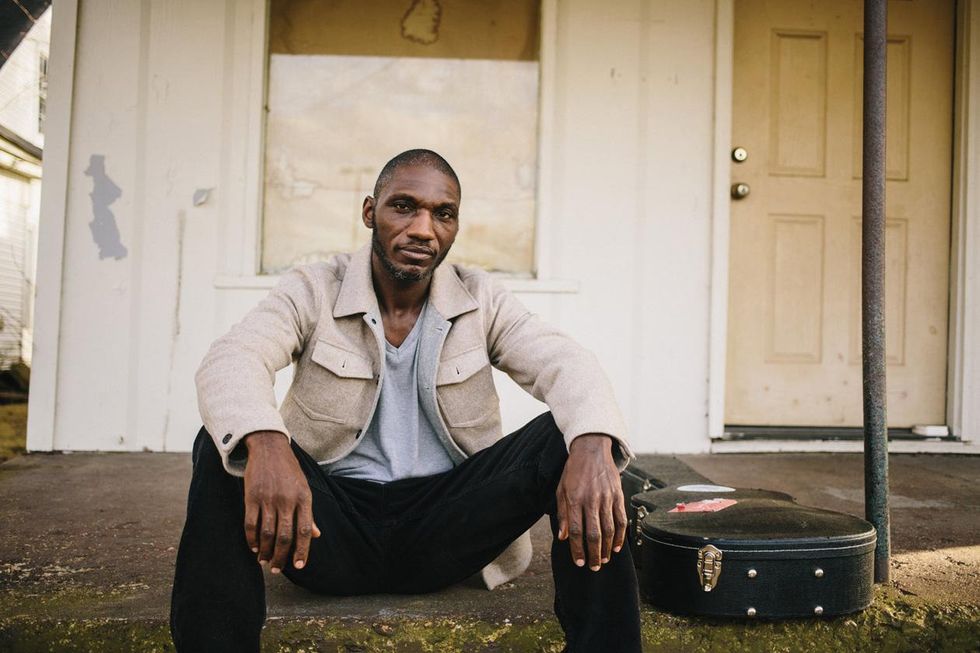
But the rub is that Burnside, who fronts a guitar-and-drums duo, splits his signal between a guitar amp and a bass amp, and his Peavey Basic 50 was suddenly a Roman candle to his Tone Master's ICBM. So, he upped his louder low-end ordnance: a 500-watt Ampeg PF-500 head with a 115HE Portaflex cabinet. Détente resulted. "I love having a solid-state rig for gigs," he says. No tube issues, and, with the Tone Master weighing in at 33 pounds and the bass rig at 45 and change, his schedule is the only thing that's heavy.
Cedric Burnside Wins the Arms Race | Love & Sockets
Clearly, this isn't the ideal for everybody, but Burnside plays rad 'n' trad Mississippi hill country blues, a subgenre that relies on spare, fat riffs, grinding hypnotic rhythms, and ringing single-note lines and slide, with every raw edge left dangerously rusty. He learned the trade expertly while playing drums for his grandfather, the great hill country singer and guitarist R.L. Burnside, and just a pocketful of years ago emerged as a potent 6-stringer and songwriter. In fact, there is no finer living proponent of the mesmeric style. For proof, listen to his 2018 Benton Country Relic, a fuzz-infused fusion of traditional and exploratory sounds. Since then, despite COVID, Burnside has been on a fast track. The album was nominated for a Grammy, he starred in a feature film (the racial-injustice period piece Texas Red), played a slew of festivals, opened for Great Van Fleet and other rockers, and cut a new long-player, I Be Trying. He was also named a National Endowment for the Arts Heritage Fellow.
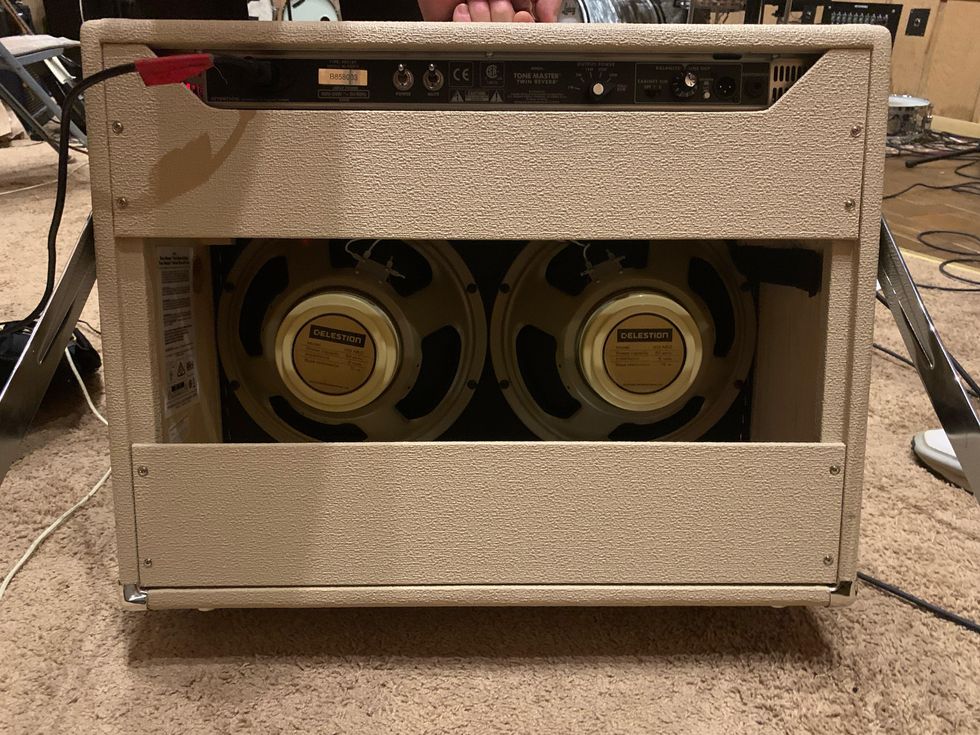
Cedric on the Tone Master Deluxe Reverb: "At 200 watts, it's got balls and it's light as a feather. I figured, 'This is for me.'"
Although Cedric thanks "God and R.L. Burnside" for his success, he doesn't play exactly like either of them—even when playing songs by his legendary "Big Daddy." He has a more pointillistic soloing style, with a wickedly barbed tone, and flurries of notes that are more akin to Ali Farka Touré or the modern school of Tuareg guitarists, like Bombino and Mdou Moctar. He's heard none of them, although the central artery of both the desert and Mississippi hill country sounds is clearly African.
Rig Rundown - Cedric Burnside
As for those amps, Burnside sets his Fender's bass at 4, mids at 6, and his treble at 6 or 7. It has 12" Celestion Neo Creambacks. "I think a lot of the sharpness in my tone is in my fingers," he offers. Usually, he skips the reverb and will occasionally use a tad of tremolo for effect. For the bass head, he turns the treble off, sets mids between 3 and zero, and pumps the bass full up. It's a no-nonsense sound for beautifully direct and unironic music. And he plugs in a guitar built by Mike Aronson of Aronson Custom Guitars. The body is a single piece of ginger-colored shedua, and the neck is mahogany with a pau ferro fretboard. The pickups are Harmonic Design Z-90s. There's a 3-way toggle switch and a volume knob. "All I do is turn the volume up and down, so I told Mike tone knobs weren't necessary," says Burnside. (For a close look at this distinctive guitar, see our April 2020 Rig Rundown with Burnside, or check out the online video he made to demo his Tone Master, where you'll also get a full-fretboard view of his technique.)
"I'm not really a super-sophisticated player," says Burnside, "but I know what I like, and I know what I want to say, and with this guitar and these amps, I've got everything I need to say it."
